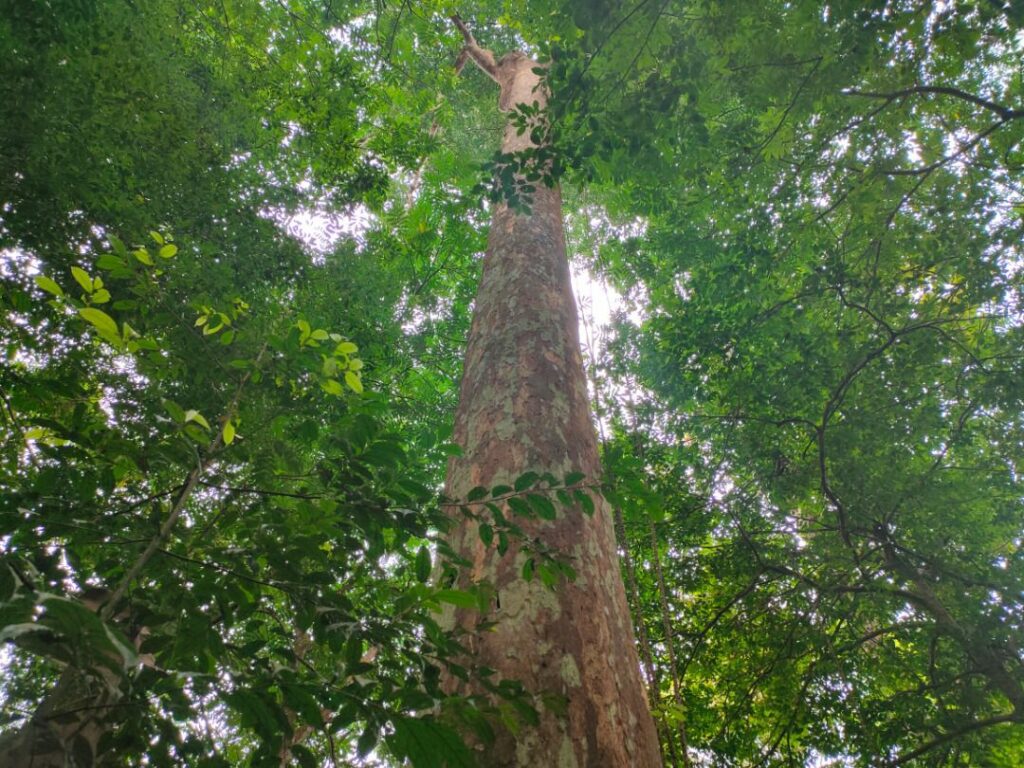
WASHINGTON, D.C. April 4: The world lost a total of 3.7 million hectares of tropical primary forest in 2023, the equivalent of losing almost 10 football (soccer) fields of forest per minute.
While this represented a 9 percent decrease from 2022, the rate in 2023 was nearly identical to that of 2019 and 2021. All this forest loss produced 2.4 gigatonnes (Gt) of carbon dioxide emissions in 2023, equivalent to almost half of the annual fossil fuel emissions of the United States, according to researchers from the University of Maryland, US.
Releasing the latest data on Forest Loss In 2023 in the Global Forest Review today, the World Resources Institute gave an insight into what has been happening to the forests around the world, the factors driving the reducing tree cover loss as well as efforts being taken to reduce tree cover loss.
While significant reductions were recorded in the loss of primary forest in parts of the world where forest loss have been high historically, many new grounds were also reported to have seen increased loss in their forest areas, according to the report.
It also listed the top 10 countries in the world that lost the largest area of loss of humid tropical primary forests from the period 2002 to 2023, as well as in 2022 and 2023, describing these countries, with their mature rainforests, as especially important for biodiversity and carbon storage.
Indonesia, Malaysia, Laos and Cambodia were among the South East Asian countries that continued to be in the 2023 list while Brazil, Colombia, Peru, Paraguay, Bolivia, Ghana were others just as in the previous years.
“Primary forest loss includes both deforestation, such as the conversion of forests to pasture or agriculture, and some forms of forest degradation caused by, for example, understory forest fires. However, given that primary forests can take decades or even centuries to recover, even forest degradation events are of utmost concern. As such, this list represents some of the countries that are of greatest importance for conservation of humid tropical forests.”
In the “Forest Pulse: The Latest on the World’s Forests” report by Mikaela Weisse, Elizabeth Goldman and Sarah Carter, they noted that there had been dramatic reductions in primary forest loss in both Brazil (by 36 percent and Colombia (49 percent), signaling that progress was possible through political will and strong policies.
These were however were counteracted by sharp increases in forest loss in Bolivia, Laos and Nicaragua, and more modest increases in other countries.
While reminding that there were just six years remaining until 2030, by which time leaders of 145 countries had promised to halt and reverse forest loss, the report also highlighted the benefits of forests.
Forests are critical ecosystems for fighting climate change, supporting livelihoods and protecting biodiversity.
Reducing deforestation will be one of the most cost-effective ways to mitigate climate change. Forests remove carbon dioxide from the air when standing or regrowing and emitting it when cleared or degraded.
Apart from a huge world population relying on forest resources for their livelihoods, the report pointed out that deforestation, especially in the tropics, also impacted local temperature and rainfall as well as biodiversity and ecosystems.
Conversion of land for commodities and agriculture were among the major drivers for the forest loss worldwide, with fire and non-fire methods used in forest clearance. In the country report for Malaysia, its major loss of tree cover was attributed to commodity production, adding that more than half of the loss in recent years had occurred inside existing plantations, such as oil palm and rubber that likely represented the rotational cycles of those tree crops.
Outside of those areas, the conversion of forests to industrial plantations and high-impact logging are major contributors to tree cover loss. Malaysia has seen major declines in primary forest loss in recent years, though it has lost nearly a fifth of its primary forest since 2001.
–WE